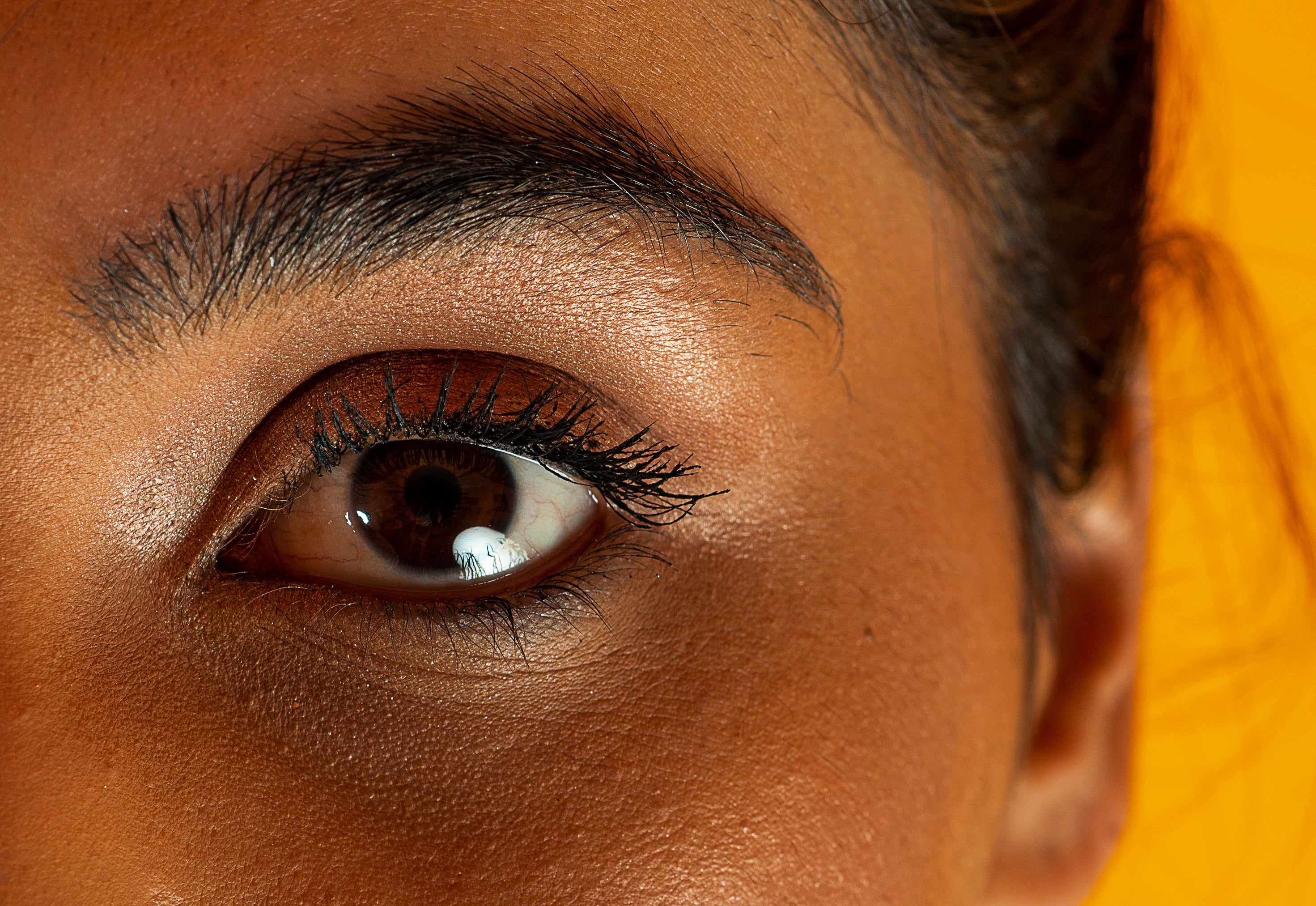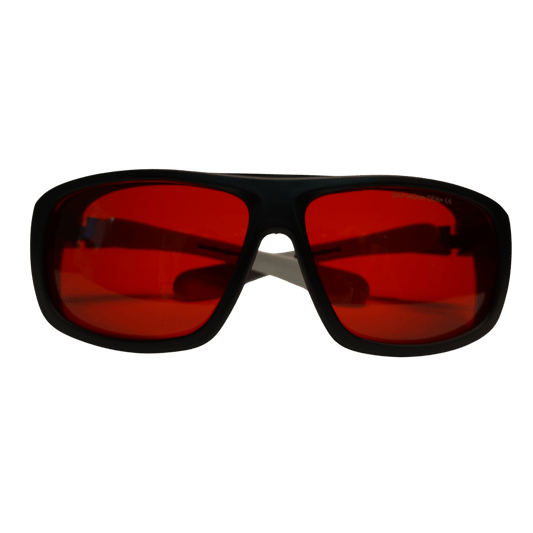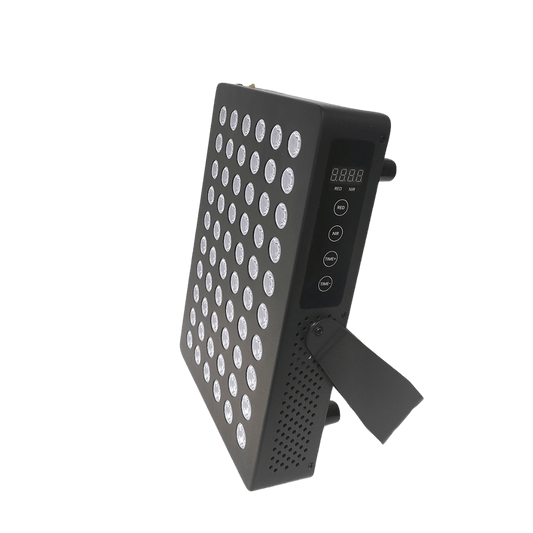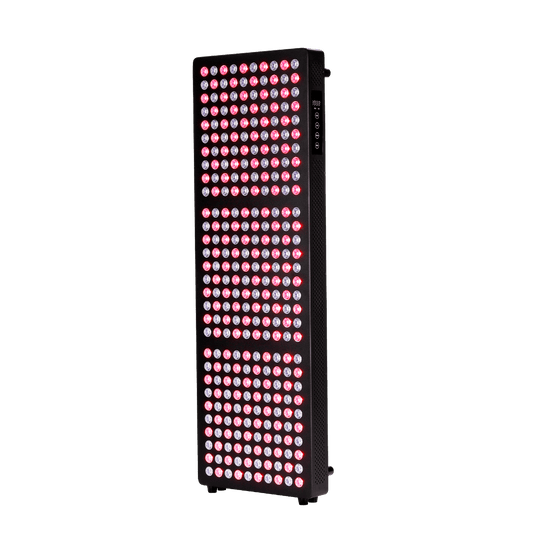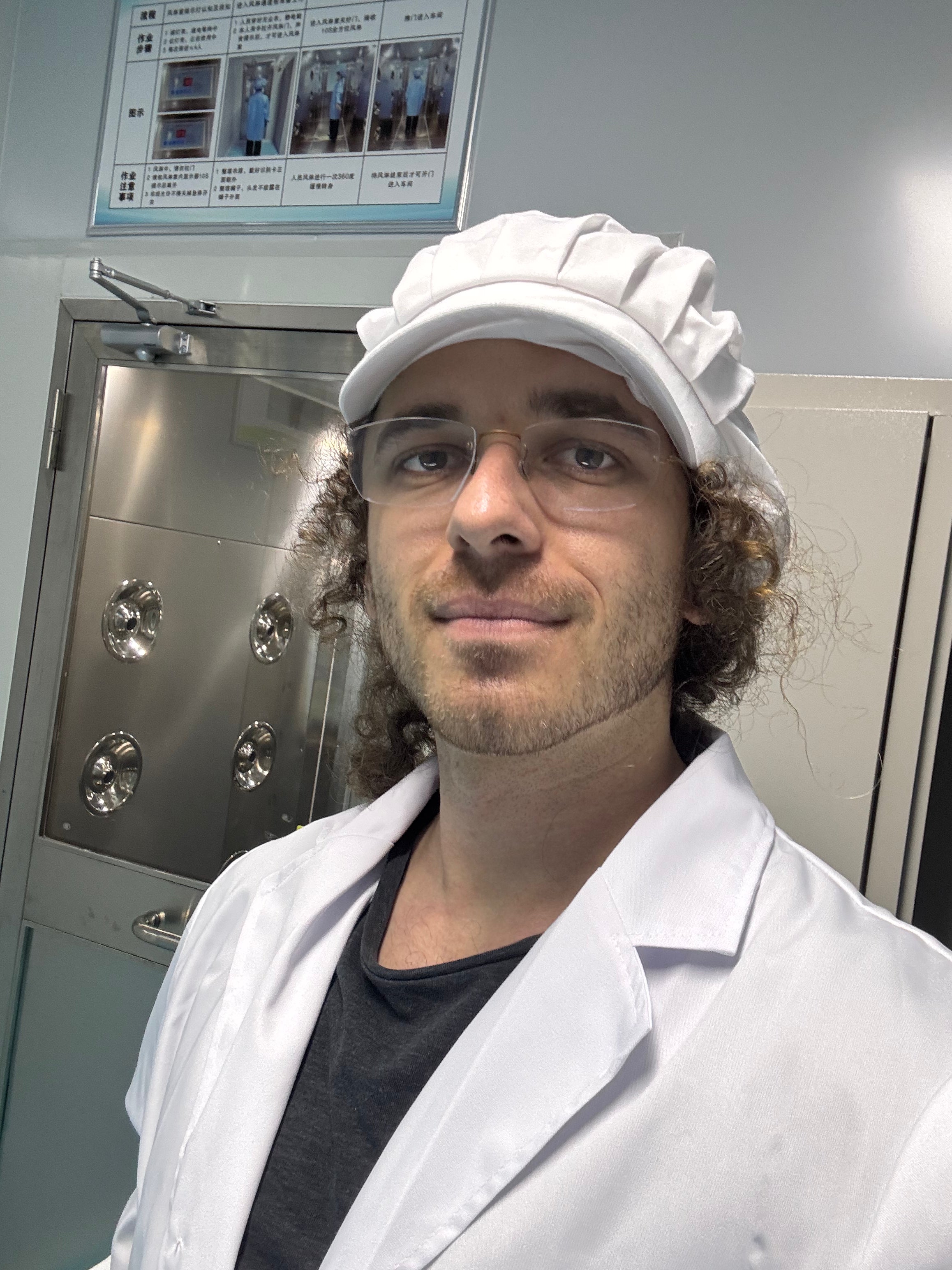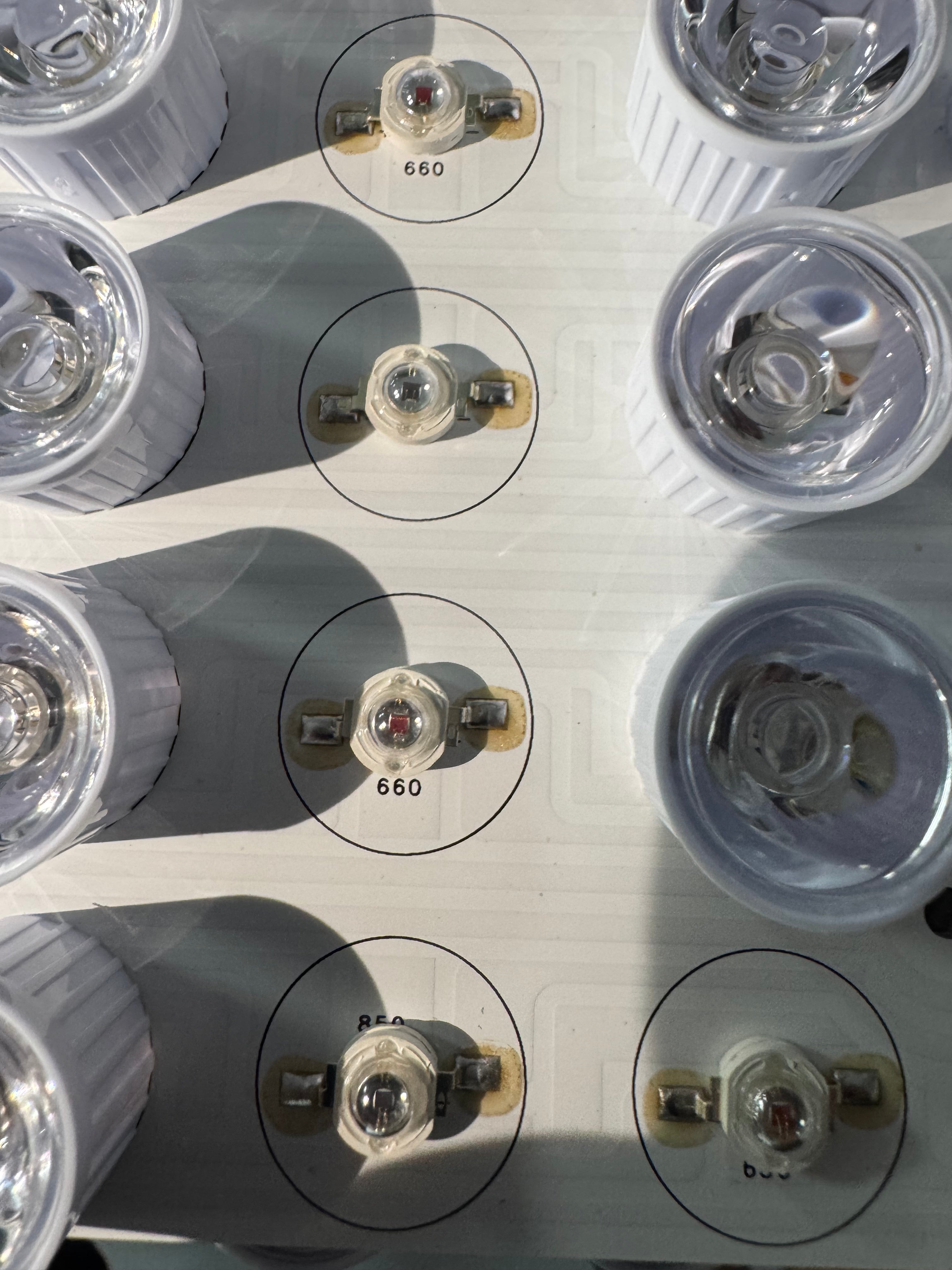Improved Eyesight
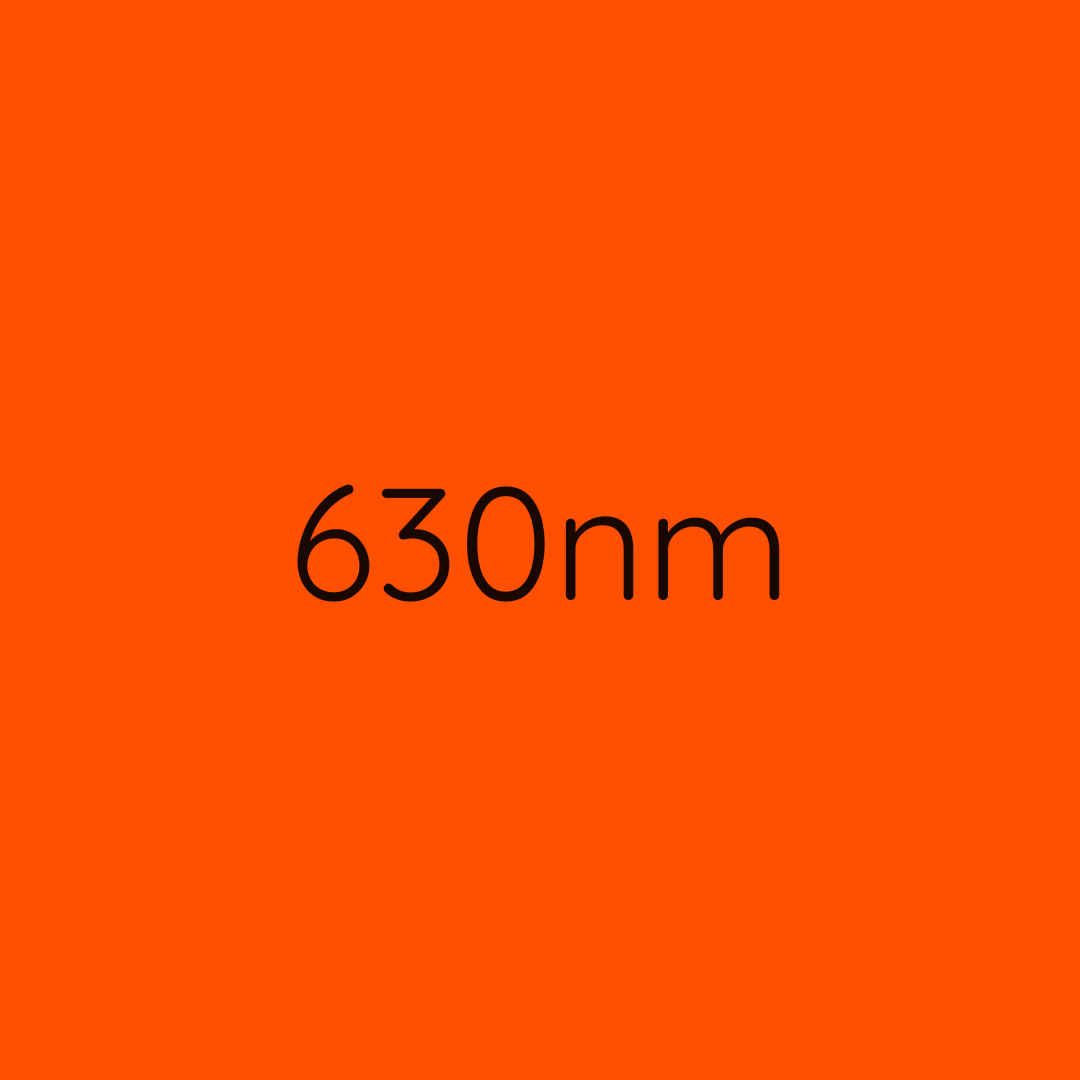
630nm Research
- 630 nm LED Light Improves Vision in Dry Age-Related Macular Degeneration
In a trial with 76 older adults who have early dry AMD (a common cause of vision loss), using a special LED device with 630 nm red light (and some yellow) twice a week for a month led to better eyesight sharpness and fewer harmful eye deposits, with great safety and no big side effects.
- 630 nm LED Protects Eye Cells from Screen-Induced Damage
Lab tests on cow eye cells showed that 630 nm red LED light reduces DNA damage caused by blue light from screens, helping cells grow better and potentially easing computer vision syndrome like dry eyes or strain.
- 630 nm LED Boosts Visual Learning in Fish
Exposing zebrafish to 630 nm red LED light improved their ability to learn and remember tasks using color cues, hinting at how red light might enhance brain functions tied to eyesight and memory.
HeroSeries panels use 630nm red light
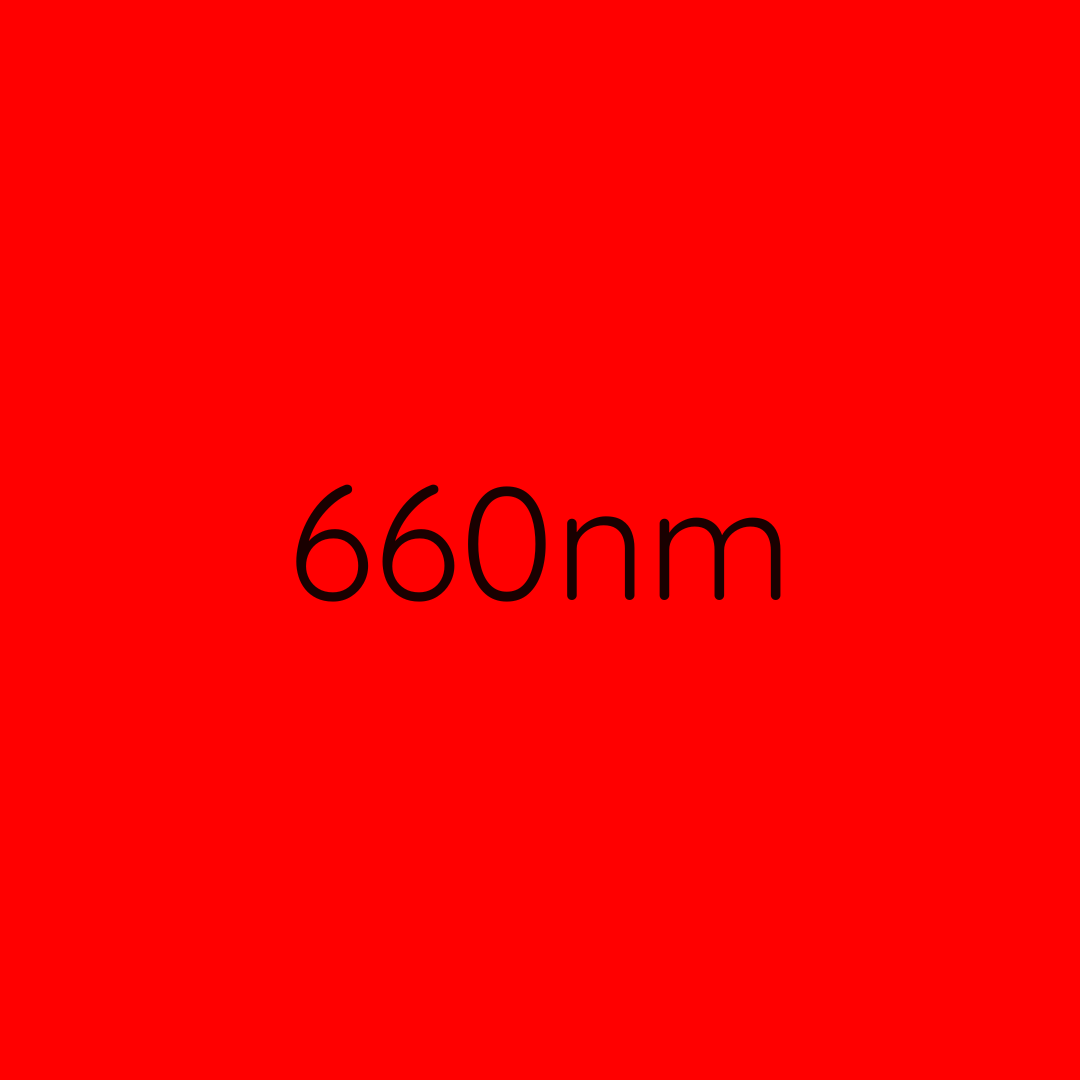
660nm Research
Note: 670 nm has a practical overlap with 660nm
- 660 nm LED (Multi-Wavelength) Improves Vision in Retinitis Pigmentosa
Patients with retinitis pigmentosa treated short-term with multi-wavelength LEDs including 660 nm showed notable gains in best-corrected visual acuity and slight visual field improvements, with no side effects, indicating potential to support eyesight in this condition.
- 670 nm LED Reduces Drusen and Improves Vision in Dry AMD
Patients with dry age-related macular degeneration treated with multiwavelength LED light including 670 nm red light showed improved visual acuity, contrast sensitivity, and reduced harmful eye deposits after 3 weeks.
- 670 nm LED Enhances Visual Acuity in Dry AMD
In a short-term study, patients with dry AMD using 670 nm red LED light in 9 sessions experienced significant improvements in visual acuity and visual field perimetry, with no adverse effects.
- 670 nm LED Boosts Waste Clearance in Eye Cells
In lab experiments on human retinal cells, 670 nm LED light improved the cells' ability to clear debris, lowered harmful stress molecules, and increased helpful proteins, suggesting it could help prevent the onset of age-related eye diseases like AMD.
- 670 nm Light Reduces Inflammation in Retinal Degeneration
Using a model of eye damage, researchers found that 670 nm light treatment lowered inflammation in key eye cells, reduced immune cell activation, and improved cell energy, which may protect against vision loss in conditions like AMD.
HeroSeries panels, HeroBelt and HeroHat use 660nm red light
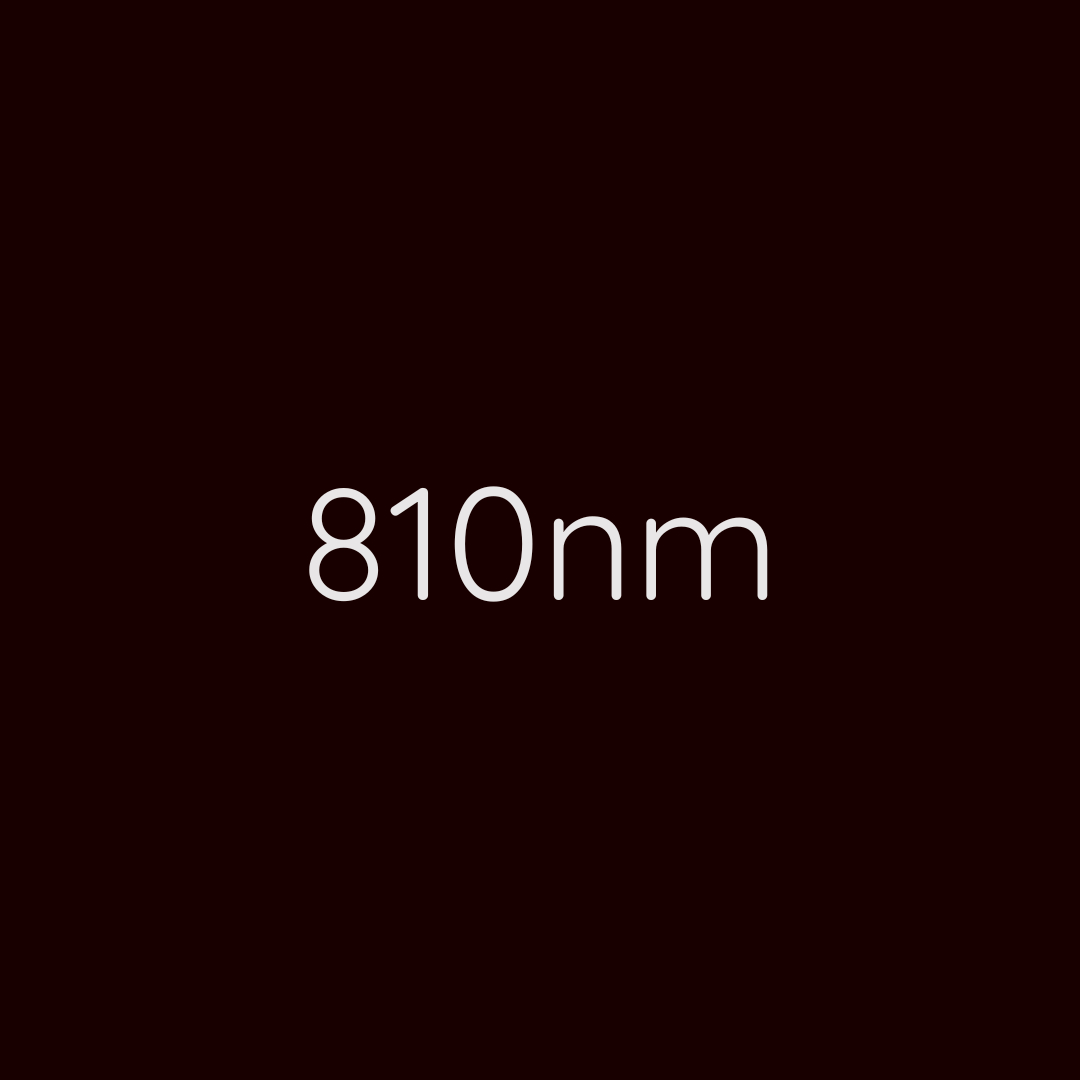
810nm Research
- 810 nm LED Protects Retinal Cells from Blue Light Damage
In lab tests on mouse eye cells, 810 nm LED light boosted cell energy production and reduced damage from blue light exposure (like from screens), potentially helping prevent vision loss from everyday digital strain.
- 810 nm LED Therapy for Diabetic Retinopathy Retinal Issues
An ongoing clinical trial combines 810 nm LED light with a ketogenic diet to treat mid-periphery retinal hemorrhages in diabetic retinopathy, aiming to reduce bleeding spots and improve overall eye health and vision without invasive methods.
All HeroSeries panels use 810nm NIR light
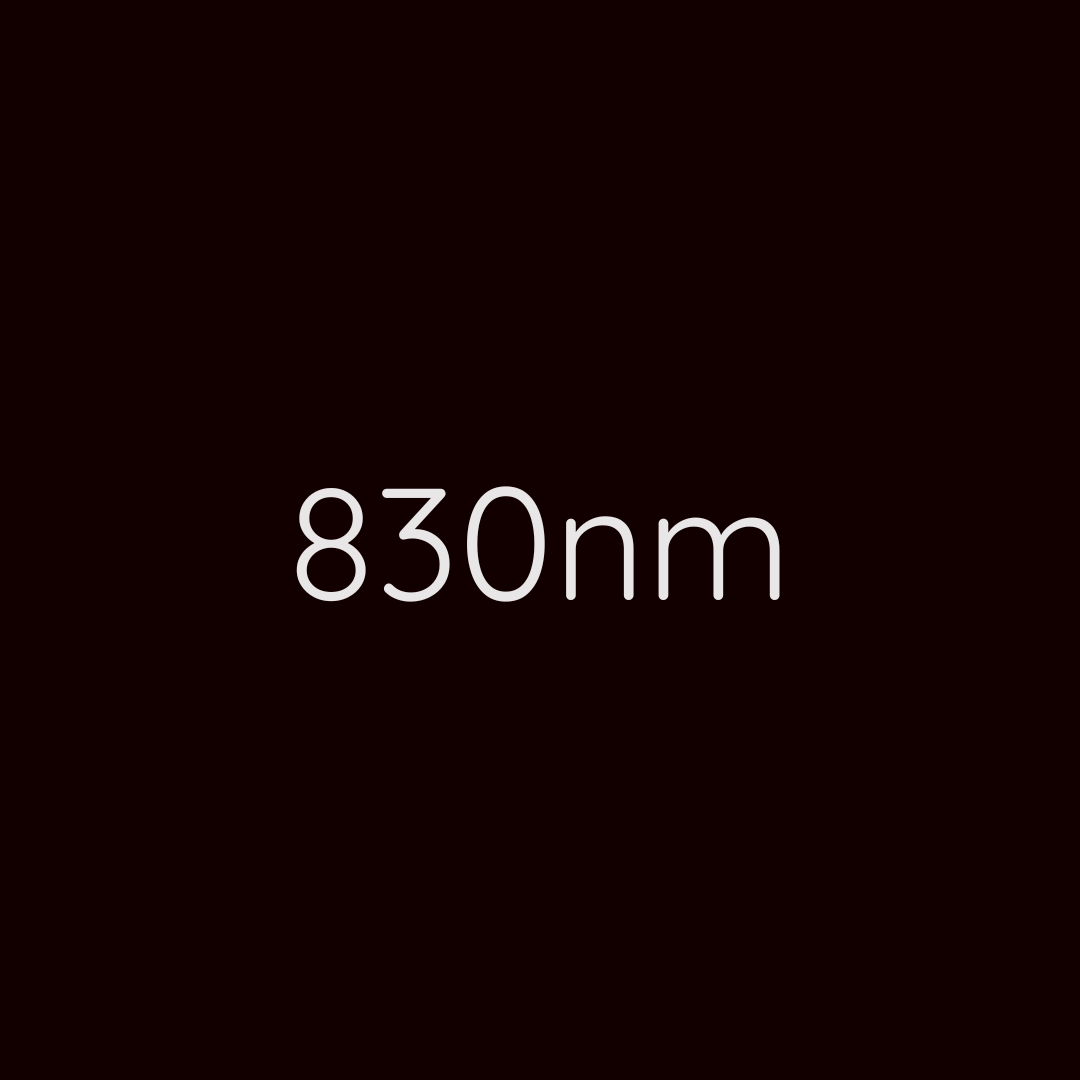
830nm Research
- 830 nm LED Preserves Eye Health in Retinitis Pigmentosa Model
In a rat model of retinitis pigmentosa (a disease causing vision loss), short treatments with 830 nm LED light maintained cell energy levels, improved electrical signals in the eye, and protected retinal layers from damage, offering hope for slowing inherited eye degeneration.
- Multi-Wavelength LED (Including 830 nm) Reduces Damage in AMD Model
Mice with chemically induced retinal damage (similar to age-related macular degeneration) treated with LED lights at 680, 780, and 830 nm showed less oxidative stress, fewer dying cells, and better preserved eye structures, potentially helping protect vision in aging eyes.
HeroSeries panels and face masks use 830nm NIR light
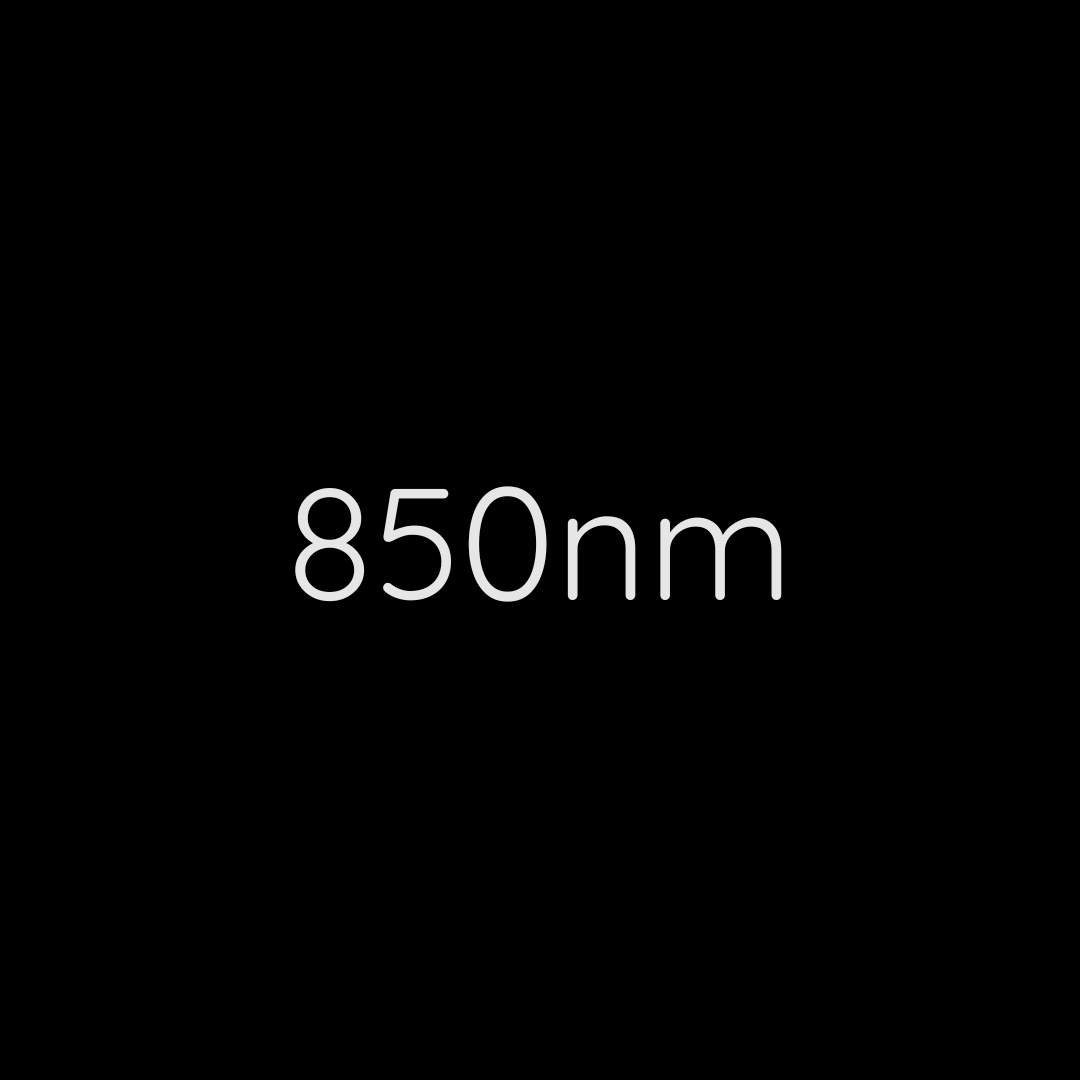
850nm Research
- 850 nm LED Improves Vision in Dry AMD Patients (LIGHTSITE III)
In a randomized trial of 100 patients with dry age-related macular degeneration, multi-wavelength LED therapy including 850 nm led to better visual sharpness, reduced eye lesions, and fewer cases progressing to severe vision loss over 13 months, with no safety issues.
- 850 nm LED Photobiomodulation for Age-Related Macular Degeneration Review
This review of multiple studies confirms that LED therapy with wavelengths including 850 nm safely improves visual function and reduces retinal damage in patients with intermediate AMD, highlighting its potential as a non-invasive treatment option.
HeroSeries panels, HeroBelt and HeroHat use 850nm NIR light
Did you know studies suggest red light therapy may support eye health with no reported adverse effects? A major scientific review analysing over 6,000 studies found no evidence of harm. However, because the eyes are a sensitive area and medical views are not unanimous, we provide protective goggles so you can make an informed decision with guidance from your healthcare provider.³
Devices informed by eyesight research³
-
HeroPanels Elite™ 10 Wavelength Red Light Therapy Panel (pre-order)
Regular price From $799.00 AUDRegular price$899.00 AUDSale price From $799.00 AUDSale -
HeroFilter™ 100% Blue Light Blocking Glasses
Regular price $99.00 AUDRegular price$119.00 AUDSale price $99.00 AUDSale -
Hero60™ Tabletop Red Light Therapy Panel
Regular price $549.00 AUDRegular price$599.00 AUDSale price $549.00 AUDSale -
Hero300™ Red Light Therapy Panel
Regular price From $1,249.00 AUDRegular price$1,399.00 AUDSale price From $1,249.00 AUDSale
Other red light therapy research
- Sleep quality
- Pain and inflammation
- Muscle mass and recovery
- Collagen production, skin and wrinkles
- Hair growth
- Neural function, depression and brain diseases
- ATP production and mitochondria function
- Injuries and wounds
See the studies for yourself by clicking the links above or visit our RLT Wavelength Research page for an overview.

